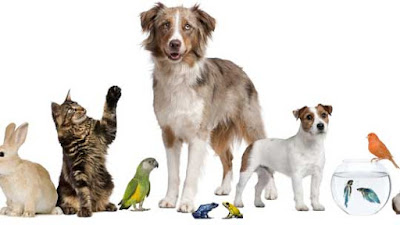Most people don’t want to support animal cruelty; that's a given. In the United States, people have particularly strong feelings about cruelty towards companion animals who many consider to be integral parts of their family. Yet, despite the desire to protect our animals, many people still unwittingly support puppy mills.
What is a puppy  mill?
mill?
A puppy mill is a dog-breeding facility with the primary goal of making money. To maximize profits, some breeders make dogs suffer in deplorable conditions. The puppies bred at these facilities are then either shipped to pet stores around the country, or sold directly through newspaper and online ads to the public.
Once the puppies leave the mills, they are cleaned up and put up for sale at pet stores for anywhere from hundreds to thousands of dollars. The breeding dogs aren’t nearly as lucky. They are kept at the puppy mill to have litter after litter, often living in small cages and lacking clean water, regular veterinary care and socialization. Some mills may have 10 breeding dogs while others may have 1,000, according to the American Society for the Prevention of Cruelty to Animals, better known as the ASPCA.
And because of these inhumane conditions, the ASPCA warns that puppy mill dogs have commonly been found to have health issues like epilepsy, heart disease, kidney disease, musculoskeletal disorders, endocrine disorders, blood disorders, deafness, eye problems, respiratory disorders, giardia, parvovirus, distemper, kennel cough, mange, fleas, parasites, chronic diarrhea and more. That can mean sick dogs and high veterinary bills, according to the Humane Society of the United States.
How is this legal?
The ASPCA gives insight to the barely there regulations in place to protect dogs. “Under the federal Animal Welfare Act, it is completely legal to keep a dog in a cage only six inches longer than the dog in each direction, with a wire floor, stacked on top of another cage, for the dog's entire life. Conditions that most people would consider inhumane, or even cruel, are often totally legal.”
Some states have additional laws on the books to try to put a stop the puppy mill trade, but because facilities can vary from ultra small to huge, it’s hard to define exactly what a puppy mill looks like.
How can you avoid buying a dog  that came from a mill?
that came from a mill?
Puppy mills count on the public not asking too many questions, and on pet stores that largely don’t mind acquiring their dogs from mills. Like the mills themselves, many pet stores want to turn a profit rather than looking out for the best interest of the dogs. Since there's no
legal definition of a puppy mill, the ASPCA warns that unscrupulous pet store owners can get around the issue by saying that their puppies all come from licensed USDA breeders or local breeders. Since all breeders who sell their dogs to pet stores are required to be licensed by the USDA, that’s not any kind of guarantee the dogs come from a reputable breeder.
The ASPCA explains, “The fact is, responsible breeders would never sell a puppy through a pet store because they want to screen potential buyers to ensure that the puppies are going to good homes.”
Where should I get a dog if I shouldn’t go to a pet store ?
?
The big animal protection organizations like the ASPCA and the Humane Society of the United States recommend heading to your local shelter or rescue organization to adopt a dog rather than buying from a pet store. Many people aren’t aware that purebreds end up in shelters just like any other dogs. Plus, there are rescues that specialize in certain breeds.
If you're determined to go to a private breeder, make sure you visit that breeder in person at the facility so you can see the operation for yourself.









